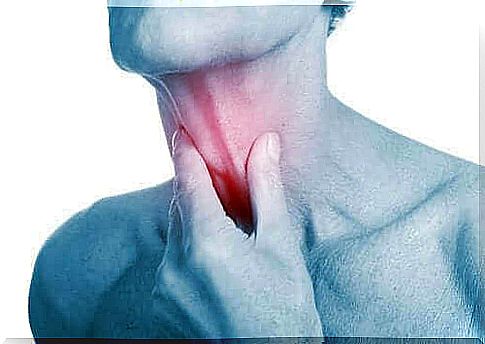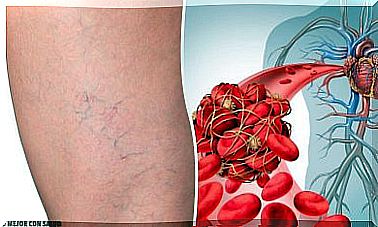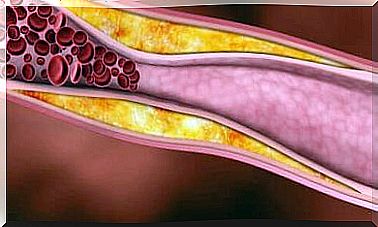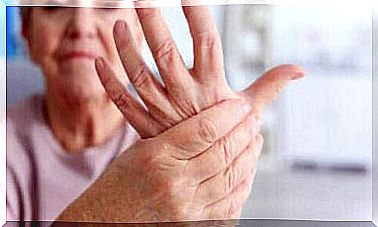Learn More About Swallowing Disorders

Swallowing disorders change the way food is moved from the mouth to the stomach. They can include a wide variety of conditions. What they have in common, however, is that they affect the swallowing process.
These conditions, in addition to having different origins, can also manifest with different symptoms. Sometimes it is clear that there is a swallowing problem, for example if someone cannot swallow properly. In other cases, however, one or more complications arise from not being able to eat properly and the sufferer is unaware of the problem.
Unfortunately, swallowing disorders are quite common. They mainly affect the elderly and can even cause serious health problems such as malnutrition, pneumonia and dehydration. In this article we explain everything you need to know about swallowing disorders.
The swallowing process

The purpose of swallowing is to move the food we eat from the mouth to the stomach and then digest it. Swallowing is a complex process involving several muscles. This includes the muscles of:
- the mouth
- the pharynx
- the larynx
- the esophagus
In addition to the muscles, several nerves also participate in this process. They coordinate the movements of the muscles that enable swallowing. The swallowing movement is divided into three phases. We will go into this in more detail.
The oral phase consists of chewing food. This allows the body to form a bolus which is then moved to the pharynx. Once there, the second phase begins.
In the second phase, the pharyngeal phase, the coordination between the muscles we mentioned earlier is especially important. This is because this interplay prevents food from entering the windpipe as it can cause breathing difficulties and even suffocation. So far, swallowing has been a random act: you consciously control the muscles.
Then comes the third phase, the esophageal phase . The action of the muscles ensures that the bolus eventually reaches the esophagus after the muscles and the larynx have prevented it from entering the airways. The muscles prevent the bolus from returning to the nose.
Once in the esophageal phase, the bolus reaches the stomach via the esophagus thanks to the peristalsis of the esophagus. This process consists of a series of involuntary muscle contractions and relaxation of the muscles that allow food to enter the stomach.
swallowing disorders

As we mentioned above, swallowing disorders are caused by a variety of problems whose only common feature is that they affect this process. In other words, they can have different origins and cause different symptoms.
However, most swallowing disorders cause dysphagia, which means difficulty swallowing. It causes the feeling that the food is not going any further or that it is stopping somewhere in the esophagus.
It is estimated that nearly 15% of people over the age of 50 suffer from dysphagia to a greater or lesser extent. It is also one of the main symptoms of a tumor in the esophagus or pharynx. Therefore, the doctor should investigate this problem if it worsens rapidly.
Swallowing disorders can also manifest with symptoms such as nasal regurgitation or suction, such as coughing and choking. Sometimes the food that has just been swallowed is immediately ejected again.
Other symptoms of swallowing disorders
Another symptom that usually manifests with these conditions is pain when swallowing. The medical term for this is odynophagia. It generally manifests as a result of injury or damage in the pharynx or esophagus. This is common with certain infections.
However, it is important to know that not all swallowing disorders manifest symptomatically. As we mentioned above, sometimes only the complications that result from changes in this process can be seen.
For example, respiratory complications are common because the bolus enters the airways instead of going to the stomach. This is often accompanied by infections such as pneumonia.
Another situation where swallowing disorders do not cause typical, recognizable symptoms is when they affect the people with Parkinson’s disease. They usually have specific digestive problems.
In addition, they are often unable to clearly identify their symptoms. Because of this, they tend to develop problems such as malnutrition and dehydration.
In general, it is important to see a doctor if you notice a problem that affects the swallowing process. This is because the causes of this problem can be very diverse and it is essential to get a correct diagnosis to avoid serious problems.








